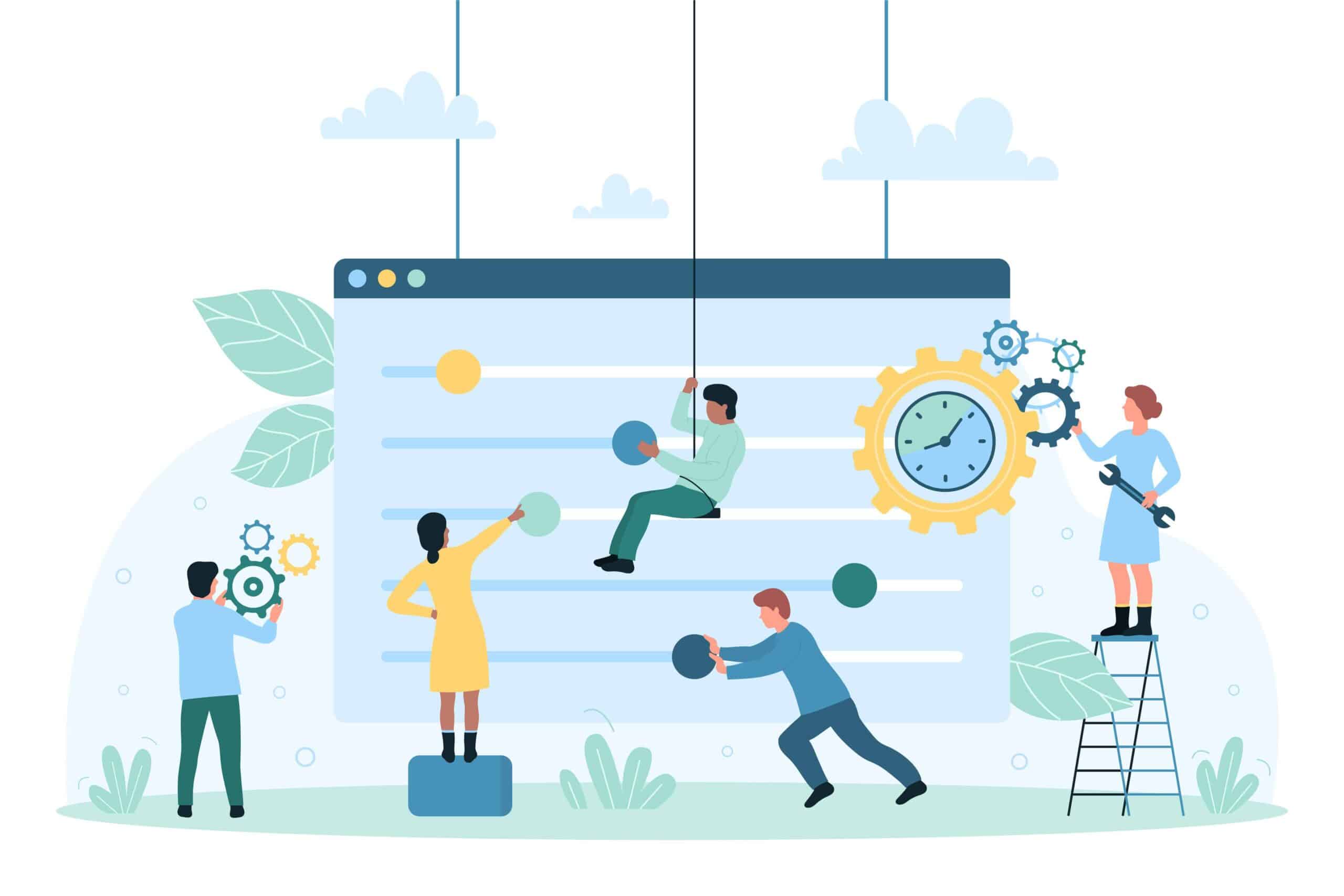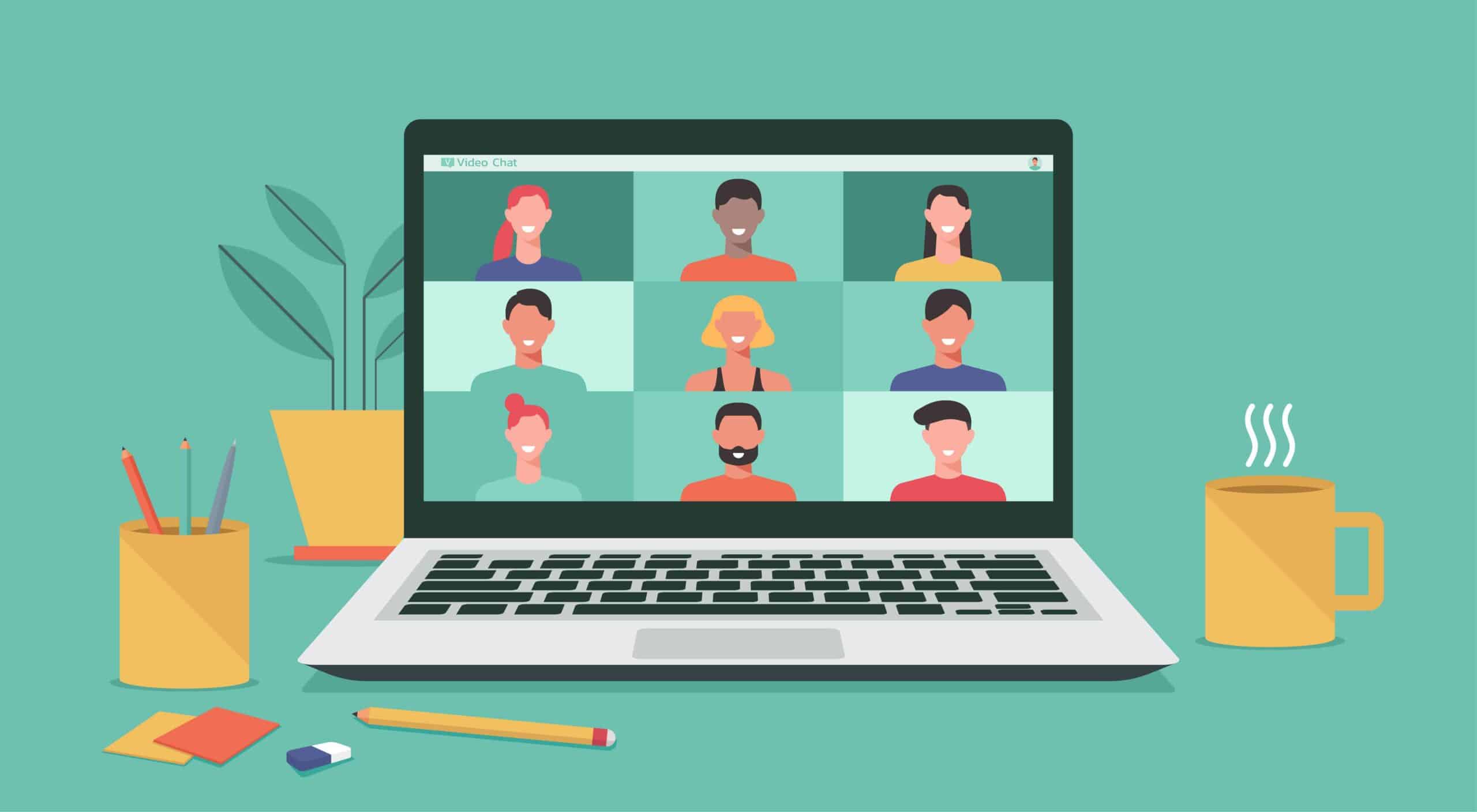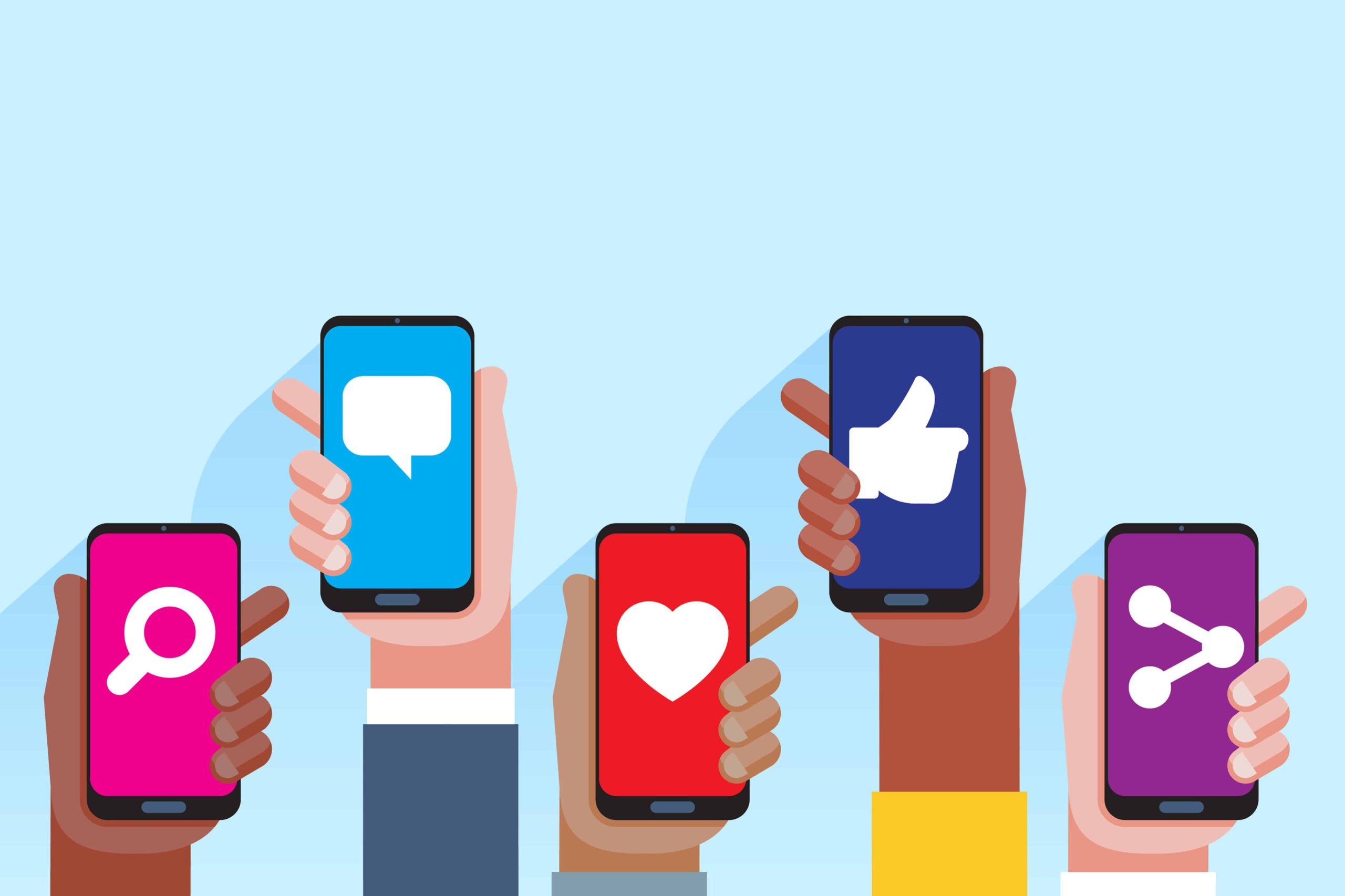How well do you know your audience? Many businesses assume they know who their audience is when in reality, they only have a broad idea. Developing a deep understanding of your customers and creating highly personalized content that considers voice, pain points, interests and common questions will make your B2B marketing efforts more effective.
Why is personalization so important? Let’s take a look.
The Importance of B2B Personalization
In a recent study, McKinsey & Company found that “71% of consumers expect companies to deliver personalized interactions. And 76% get frustrated when this doesn’t happen.” In response to the increasing need for personalization, Forrester found that 52% of B2B marketing leaders plan to increase their budget for both personalization technology and content marketing over the coming years.
Consider a B2C pet supply company; if the company’s blogs are all about why you should buy their latest and greatest leash, you will probably click away. After all, why would you stick around to read a blog-length advertisement?
On the other hand, if the company had a blog explaining how to train your puppy to walk on a leash, or a breakdown of everything you need for a successful hiking adventure with your dog, you would be more inclined to read it. The second blog provides value while establishing the company as a helpful brand with your pet’s best interest in mind.
B2B marketing is the same. B2B buyers don’t want to read about your product – they want answers. They want to know how that product makes their lives easier, works within their use cases, makes their teams more productive and enables them to achieve their goals.
To create impactful content that helps B2B customers along their buying journey, you must start with personalization. If you don’t know anything about your buyers, you’ll be stuck relying on gut instinct and assumptions for marketing. Unfortunately, customers don’t always see your brand in the same light you do. If you assume you know what they want to hear, you could miss the mark and end up with unhelpful material that leaves readers with a sour taste.
Personalized material is helpful and constructive and can ultimately lead to higher sales. To create personalized material, you need to get to know your customers and then develop a set of audience personas.
What is A B2B Customer Persona?
A B2B customer or audience persona is a descriptive representation of your ideal or typical customer. HubSpot describes personas as “semi-fictional representations of your ideal customers based on data and research. They help you focus your time on qualified prospects, guide product development to suit the needs of your target customers and align all work across your organization (from marketing to sales to service).”
Many B2B organizations look at analytical breakdowns of customers’ regions or industries to gain customer insight. However, this information is only surface-level and will not help you dig into the real-world desires that provoke action. B2B customer personas, on the other hand, give you a holistic overview of your typical customer you can use to create hard-hitting content to support your marketing efforts.
To create a customer persona for B2B, you first compile a list of information that includes each customer’s:
- Demographic information
- Voice
- Pain points
- Interests
- Common questions
- Workflows
- Goals
With this, you can identify commonalities and combine them to create high-level persona profiles. Depending on the size of your company, we recommend creating three to five personas. Any less and you won’t have enough information to define your audience clearly; too many and your marketing efforts will be sporadic and ineffective.
Getting Started: How to Create B2B Customer Personas
To create effective customer personas, you need information. However, as we mentioned before, just looking at standard analytical data isn’t enough to give you a well-rounded view of each customer. You must take the time to research what makes your customers tick, discover their goals and challenges, and use that insight to determine how you can help.
Here are a few great ways to approach B2B customer research:
Consult with Customer-Facing Reps
Customer-facing reps (such as sales and customer service representatives) know more about your customers than anyone else; they spend all day interacting with buyers, answering common questions and solving problems.
Sit down with teams and ask them about their customers. What questions do they hear on a daily or weekly basis? What do buyers want to know about most? Are there common issues or complaints that an article or whitepaper could help solve? Though anecdotal, the insight you can glean from customer-facing teams is invaluable and will help you along your journey of better understanding your customers.
Pull from Your Customer Relationship Management (CRM) System
Your CRM software processes vast amounts of information, including customer interaction data, purchasing patterns, brand sentiment, questions/complaints and channel preferences.
If your CRM is connected to an ERP, you should have near real-time insights into customer data. In addition, if teams consistently input customer notes and account updates, you will have an even greater wealth of information to enhance your personas – all laid out in an easy-to-read dashboard.
Follow Popular Forums and Social Media
Your customers won’t always come to you with questions; sometimes, they’d rather speak to their peers. To get a pulse on what your customers are talking about and what they want to know, browse popular industry forums and social media. You might be surprised by what your buyers are talking about.
Talk with Your Customers
Interviewing customers is arguably the most important thing you can do to gather information and create compelling customer personas. Although it may seem daunting, customers should be your primary source of information. After all, they can easily tell you what they want (or don’t want) to see in your content and help guide your content marketing strategy in the right direction.
Once you’ve gathered all the information you can about your customers, dig into the details and develop three to five audience personas. For example, one customer persona may describe a middle-aged decision-maker whose top goal is improving productivity but who struggles to lead a team of remote and hybrid workers. Another persona may represent a younger, low-level buyer in a diverse buying group who finds it challenging to source the best item for the right price.
We’ve designed a free template of a basic B2B customer persona.
Great content helps customers during their buying journey and sets your brand apart as an organization that cares. No matter what your B2B audience looks like, having in-depth personas will help your team better understand customers and how to speak to them. When you use personas to direct your marketing efforts, you will have the insight to create more impactful material.
Remember, creating audience personas is not a one-and-done process. Keep an eye on your business analytics to see if your personas are effective or appear to be losing steam over time. If COVID-19 taught us anything, buying behaviors change – sometimes rapidly. Gather team members at least once a year to brainstorm and determine which personas need an overhaul and when.
If you’re still curious about how to personalize the customer experience in B2B, contact our team of content aficionados to learn more.




